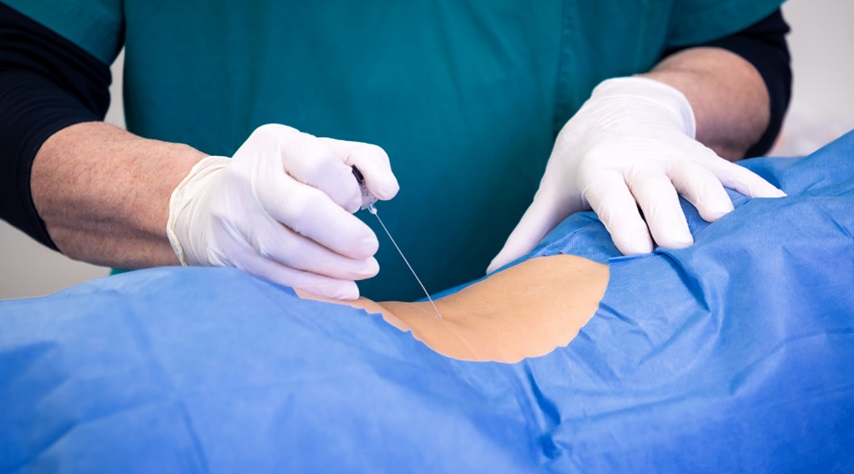Hernia repair surgery, a widely performed operation, aims to mend hernias. The condition occurs when an organ or tissue pushes through a weak spot in the muscle or surrounding tissue. If you’re considering hernia repair in Baltimore, it’s important to understand what to expect before, during, and after the surgery. Measures are taken to guarantee a smooth and successful outcome and recovery.
Before Surgery: Preparing for Hernia Repair
Preparation for hernia repair begins with a thorough consultation with your surgeon. This initial meeting is crucial as it allows the surgeon to assess your overall health, discuss your type of hernia, and determine the most appropriate surgical approach. Understanding the specific type is vital to planning your treatment, whether it’s an inguinal, umbilical, or incisional hernia. You can refer to this article for more detailed information on the different types of hernias.
Preoperative Instructions
Your surgeon will provide specific preoperative instructions in the days before your surgery. These may include dietary restrictions, like fasting several hours before surgery, and guidance on medications to avoid. Following these instructions carefully can help minimize the risk of complications during surgery.
If you regularly exercise, you might wonder whether it’s safe to continue working out with a hernia. The answer depends on several factors, including the type and severity of your hernia. You can learn more about hernia by reading this blog post.
During Surgery: What Happens in the Operating Room
Hernia repair is typically conducted under general anesthesia, although local anesthesia may also be employed in certain scenarios. The surgery can be performed using either an open or laparoscopic approach.
Open Hernia Repair
The surgeon makes a single incision near the hernia site in an open hernia repair. The protruding tissue is pushed back into place, and the weakened muscle area is reinforced with stitches or, more commonly, mesh to prevent recurrence.
Laparoscopic Hernia Repair
Laparoscopic hernia repair is a minimally invasive procedure that involves making several small incisions rather than one large one. A laparoscope: a slender tube equipped with a camera An instrument is introduced through one of the incisions, enabling the surgeon to view the hernia on a monitor and repair it with specialized instruments. This method generally results in less postoperative pain and a quicker recovery time than open surgery.
After Surgery: Recovery and Postoperative Care
Postoperative care is critical to a successful recovery. After hernia repair, you will be monitored in the recovery room until the effects of anesthesia wear off. Most patients are discharged the same day, though some may require an overnight stay, depending on the surgery’s complexity and overall health.
Pain Management and Activity
Pain and discomfort are common after hernia repair, but they can be managed with prescribed medications. It’s important to follow your surgeon’s instructions regarding activity restrictions. Strenuous activities and heavy lifting should be avoided for several weeks to allow the surgical site to heal properly.
Follow-up Appointments
Attending follow-up appointments is essential to monitor your recovery progress. Your surgeon will check the incision site, assess for any signs of complications, and offer advice on gradually returning to regular activities, including exercise. Adhering to these recommendations can significantly reduce the risk of hernia recurrence.
Conclusion
Grasping the hernia repair process—from preparation to recovery—can significantly reduce anxiety related to surgery. Adhering to your surgeon’s recommendations and properly caring for yourself before and after the procedure can promote a smooth recovery and swiftly return to your daily activities. If you’re considering hernia repair, it’s crucial to consult with an experienced surgeon who can guide you through each step, ensuring the best possible outcome.

